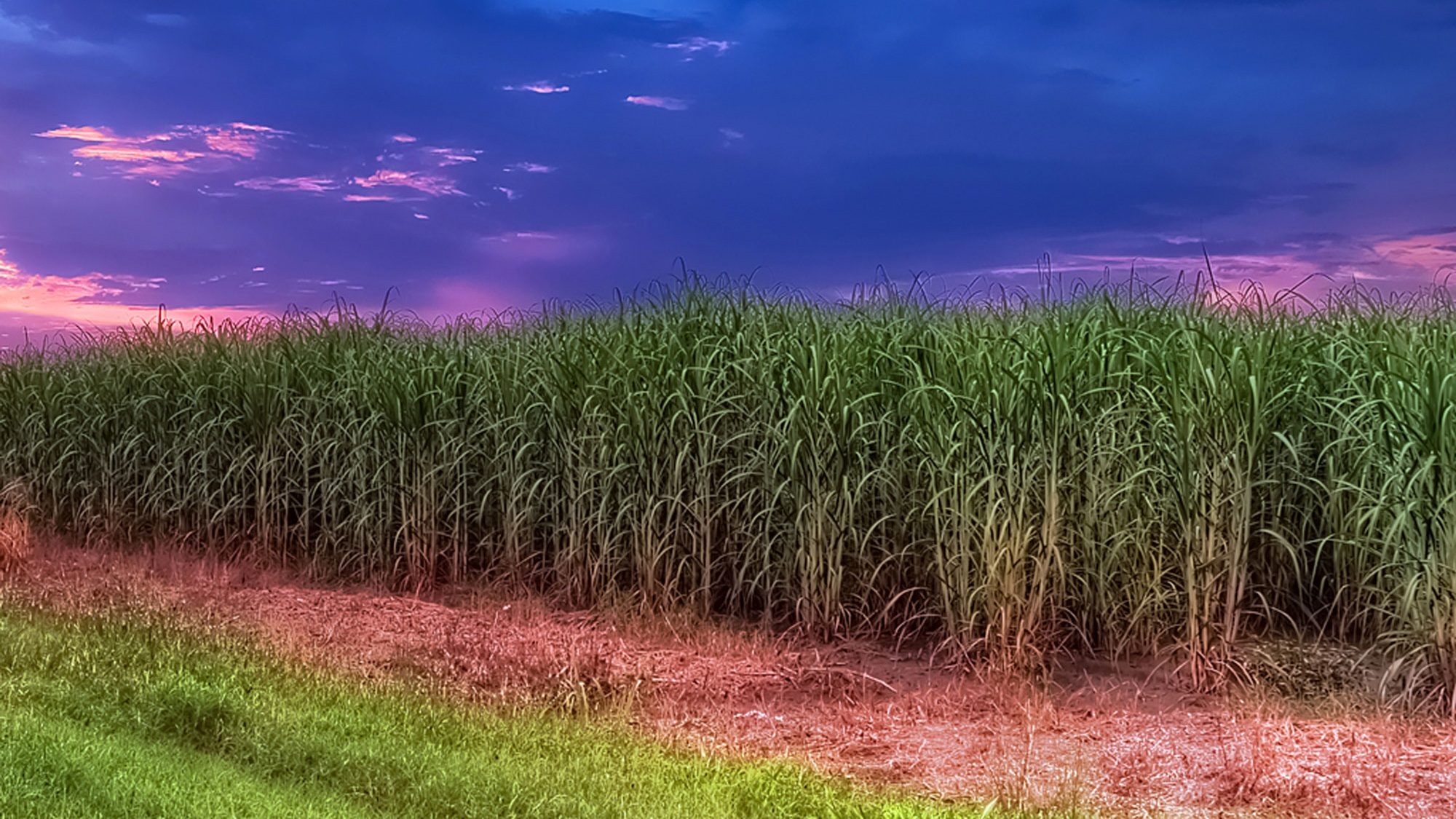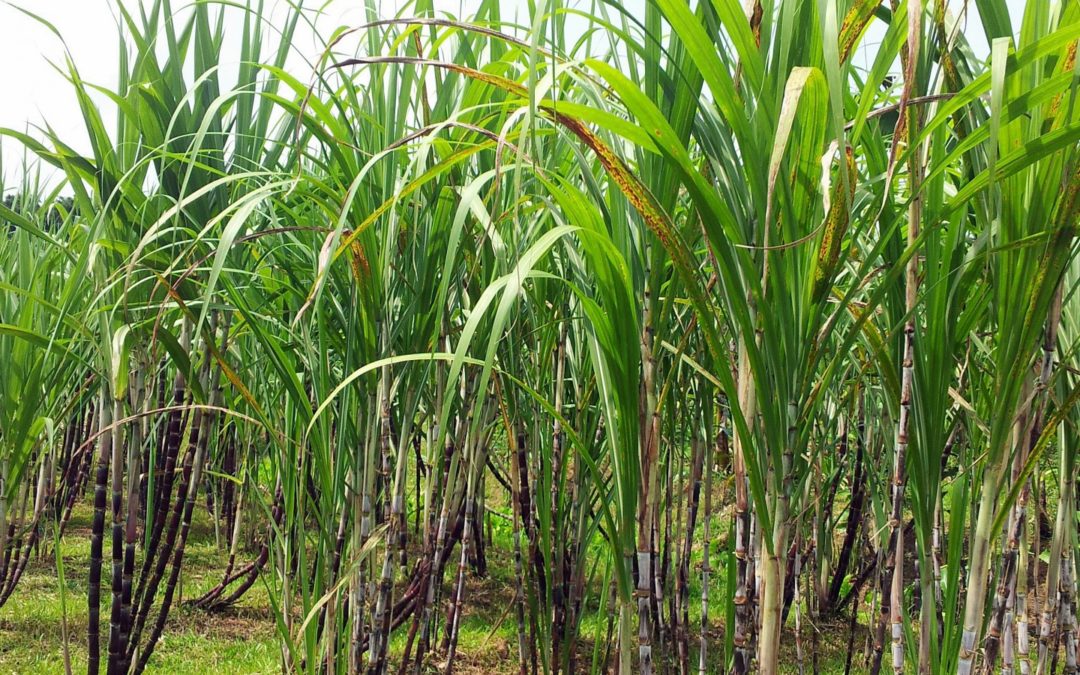Why Walking Stick Sugar Processing Chemicals Are Crucial for Modern Sugar Refining
The duty of walking cane sugar handling chemicals in modern-day sugar refining can not be overstated, as they are integral to boosting both the performance of removal and the general quality of the end product. Representatives such as phosphoric acid and details flocculants are employed to eliminate impurities, causing sugar that not just satisfies consumer assumptions but also complies with industry requirements. Nonetheless, the implications of these chemicals prolong past top quality, touching upon market dynamics and ecological factors to consider. This increases vital concerns concerning the sustainability of such techniques and their effect on the future of sugar manufacturing.
Function of Processing Chemicals
The efficacy of walking stick sugar processing pivots significantly on the strategic application of processing chemicals. These chemicals play a crucial duty in boosting the efficiency and high quality of sugar extraction and refining. From the first phases of juice removal to the last purification actions, handling chemicals promote various crucial operations.
In the extraction phase, chemicals such as phosphoric acid and calcium hydroxide are employed to enhance the clarification procedure, assisting to eliminate contaminations and suspended solids from the walking cane juice. This not only boosts the return yet also guarantees the clarity of the end product. Furthermore, representatives like flocculants help in the rapid settling of impurities, therefore streamlining the general procedure.
As the handling advancements, chemicals are used in decolorization and formation stages. Triggered carbon and ion exchange resins serve to get rid of color and smell, guaranteeing that the refined sugar fulfills customer high quality requirements. Eventually, the duty of processing chemicals expands beyond functional effectiveness; they significantly affect the sensory qualities of the last item, contributing to market competition. Hence, the meticulous option and application of these chemicals are essential for accomplishing optimum outcomes in cane sugar processing.
Trick Kinds of Chemicals
Walking stick sugar processing depends on a selection of crucial chemicals that help with each stage of production. These chemicals play essential duties in clearing up, bleaching, and detoxifying the sugar extracted from cane.
One main classification of chemicals consists of flocculants, such as polyacrylamide, which aid in the information procedure by promoting the gathering and settling of impurities. Furthermore, calcium hydroxide is often employed to counteract level of acidity and aid in the elimination of non-sugar elements.
Bleaching agents, such as triggered carbon and sulfur dioxide, are utilized to decolorize the syrup, causing a clearer last product. These chemicals help get rid of shade substances that might impact the sugar's appearance and marketability.
Additionally, phosphoric acid works as a pH regulatory authority throughout the processing phases, making sure optimal conditions for the chemical activities associated with sugar extraction and filtration.
Other crucial agents consist of edta (ethylenediaminetetraacetic acid), which chelates steel ions that can catalyze unfavorable reactions, and salt hydroxide, which aids in pH control throughout the refining procedure. Collectively, these chemicals boost effectiveness and ensure a top quality walking stick sugar item.
Advantages for Sugar Quality
Frequently forgotten, using certain handling chemicals significantly improves the overall quality of cane sugar. These chemicals play a pivotal duty in refining procedures, making sure that the final product meets rigid sector standards for pureness and taste.
:strip_icc()/How-to-Plant-and-Grow-Sugar-Cane-965303384-2fdac181359d44c185dfa7988fc181a8.jpg)
Furthermore, processing chemicals aid in attaining a regular granulation and texture, which are critical for consumer approval. By controlling the condensation procedure, these chemicals make certain that the sugar crystals develop consistently, resulting in a much more enticing product that dissolves well in various applications.
Moreover, the use of these chemicals can boost the rack life of walking stick sugar by reducing moisture absorption and microbial development. Generally, the strategic application of processing chemicals is crucial for providing high-quality walking cane sugar that fulfills consumer expectations and sector needs.
Ecological Effect Factors To Consider

Additionally, the energy-intensive nature of sugar refining, worsened by chemical use, frequently causes boosted carbon discharges. This adds to climate change and elevates problems relating to the sustainability of existing refining methods. Additionally, the sourcing of these chemicals may entail practices that visit homepage threaten biodiversity, such as monoculture farming, which lowers the durability of agricultural ecological communities.

To mitigate these effects, sugar refiners are increasingly discovering sustainable choices and embracing ideal practices that lessen chemical use. Executing extensive ecological monitoring systems can aid guarantee that the refining process straightens with ecological standards and promotes biodiversity. Ultimately, a balanced method that focuses on both sugar high quality and ecological stewardship is vital for the long-lasting stability of the sugar market.
Future Patterns in Refining
As the sugar industry faces the environmental challenges related to standard refining methods, cutting-edge techniques are arising to boost both effectiveness and sustainability. One significant trend is the adoption of environment-friendly chemistry concepts, which focus on making use of non-toxic, eco-friendly handling chemicals. This change not just decreases environmental influence however also addresses consumer demand for cleaner production methods.
Another appealing advancement is the application of innovative purification innovations, such as membrane layer separation and adsorption processes. These methods enhance the quality and top quality of the sugar while decreasing the volume of wastewater generated during refining. Furthermore, the integration of electronic innovations, consisting of IoT and AI, is transforming functional effectiveness by allowing real-time surveillance and predictive maintenance, thus minimizing resource waste.
In addition, the usage of by-products from sugar refining, such as bagasse and molasses, is acquiring grip. These materials can be converted into biofuels or value-added products, adding to a round economic situation within the market. Jointly, these patterns signify a change towards even more sustainable practices that not only boost operational effectiveness yet additionally align with international sustainability objectives, ensuring the future viability of sugar refining.
Verdict
Walking stick sugar handling chemicals are vital in contemporary sugar refining, dramatically boosting the efficiency and quality of sugar removal. The tactical use these chemicals not only boosts the purity and flavor of the final product but additionally makes sure regular formation and appearance. As the sector significantly focuses on sustainability, the adoption of environmentally-friendly handling representatives is most likely to shape future patterns in refining, ultimately leading to greater top quality products and prolonged service life for customers.

Inevitably, a well balanced technique that prioritizes both sugar high quality and ecological stewardship is crucial for the long-lasting feasibility of the sugar industry.
Cane sugar processing chemicals are crucial in modern-day sugar refining, significantly boosting the efficiency and top quality of sugar extraction.